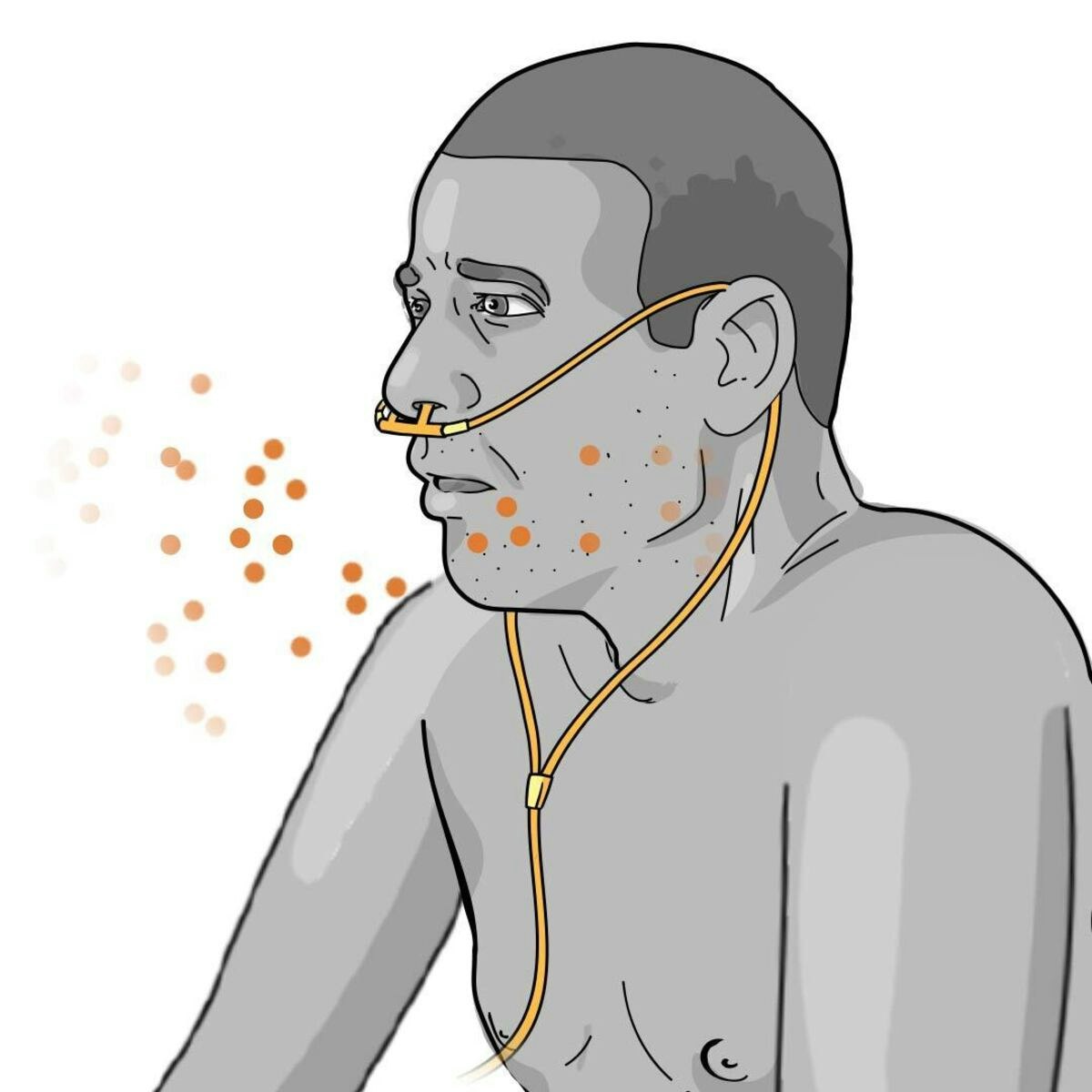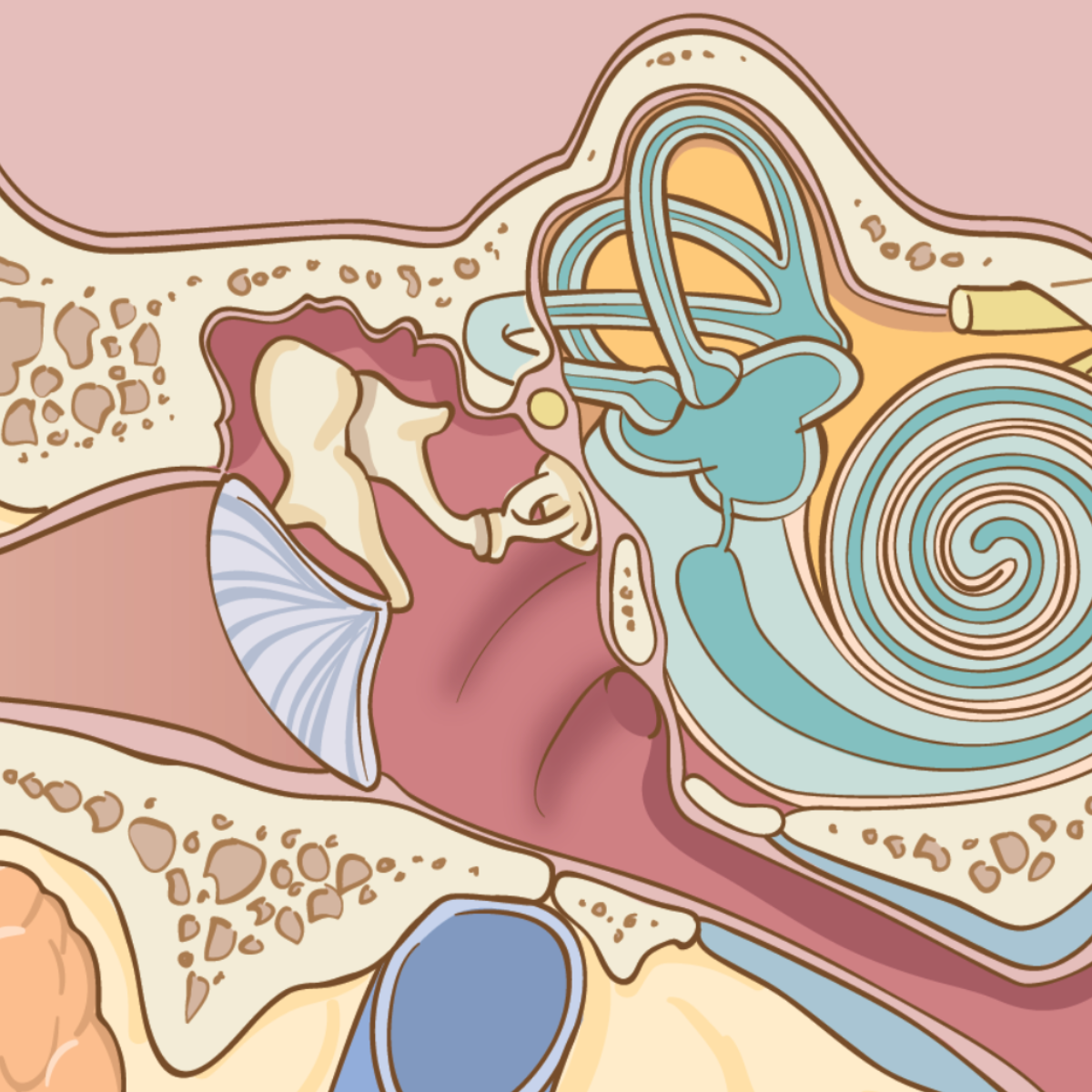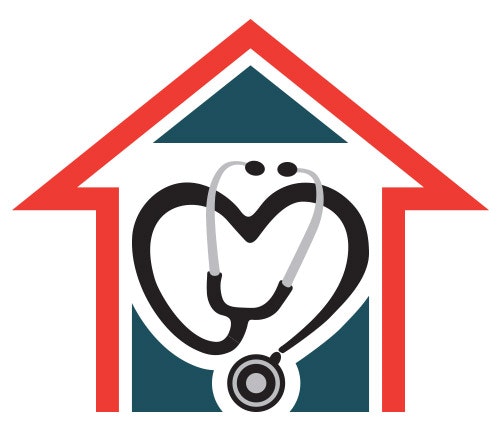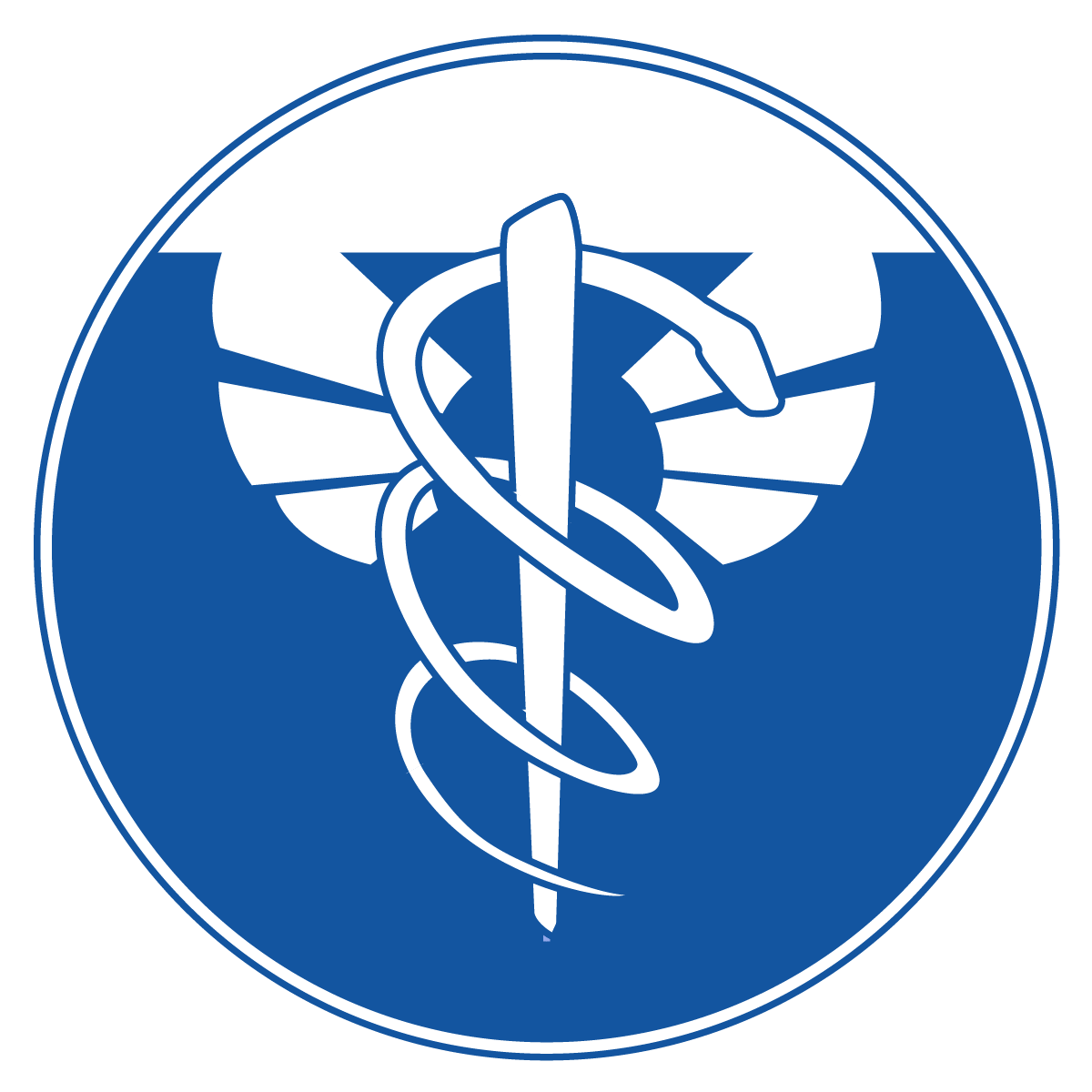Back to Courses









Patient Care Courses - Page 4
Showing results 31-40 of 89

Palliative Care Capstone Projects
In the Capstone Course you have the opportunity to put what you have been learning about in the Palliative Care Specialization into practice. Our team has created five activities that directly relate to what you have been learning in the course. You will need to talk with someone you know, perhaps a friend or family member, about their experiences living with serious and life limiting illness. You may want to engage several people as you go through the 5 assignments as they each will have unique experiences.
The Five Assignments:
1) Use the Nature of Suffering Evaluation Form to guide your conversation with someone living with serious illness and report and reflect on how this illness is impacting different aspects of their lives.
2) Using SNAP/Self-Awareness skills explore the values of someone close to you and your own values as relate to health, illness and dying.
3) Using the WILDA tool complete a pain assessment with someone living with serious illness.
4) Using the ESAS tool complete a physical symptom assessment with someone living with serious illness.
5) Have a conversation with someone you know about Advance Care Planning. In the assignment you will focus on who would be the person that they would want to speak for them if they could not speak for themselves, often known as the MDPOA.
When you successfully complete all 5 of these assignments and the other course work you will earn the Coursera Specialization Certificate in Palliative Care. More importantly you will be prepared to help others live well with serious and life-limiting disease.

Managing Your Health: The Role of Physical Therapy and Exercise
Managing Your Health: The Role of Physical Therapy and Exercise will introduce learners to the concepts and benefits of physical therapy and exercise. Over six weeks learners will explore:
Why physical activity and exercise are important,
Exercise and Cardiovascular Disease,
Exercise and Osteoporosis,
Exercise and Cancer,
Common Sports Injuries,
Exercise and Arthritis

AIDS: Fear and Hope
The basic biology of the virus, HIV, and the disease it causes, AIDS. The economic, social and political factors that determine who gets sick and who remains healthy, who lives and who dies. The progress of scientific research and medical treatments. The reasons for hope; the reasons for fear. (To get a glimpse of some of the materials that students have been posting on the course forums, go to @AIDSFAH or #AIDSFAH.)

Formation COVID-19 pour personnels de santé
La COVID-19 se propage rapidement à travers le monde, et l’ensemble des personnels de santé doit être prêt à identifier, stabiliser et traiter les patients atteints de la nouvelle infection par le coronavirus. Après avoir effectué ce court programme, les médecins, infirmiers ou infirmières et autres professionnels de santé utiliseront une approche commune et factuelle pour sauver la vie de patients atteints de COVID-19, y compris de ceux qui sont gravement atteints.
Les modules d’enseignement sont divisés en courtes vidéos, qui sont présentées de façon illustrée et convaincante. Le cours est adaptable à votre propre rythme, et les personnels de santé peuvent planifier leur apprentissage en fonction de leur emploi du temps. Parmi les sujets abordés, on trouve les symptômes et les signaux chez les patients atteints de COVID-19, la stabilisation précoce des patients, comment éviter l’intubation, ainsi que l’utilisation et la gestion du ventilateur. Les meilleures données probantes ainsi que consignes sont résumées, et des documents d’accompagnement récapitulent les enseignements essentiels et proposent des liens vers les ressources en ligne. Des infographies simples sont à la disposition des personnels de santé dans les centres de soins, afin de les former et de promouvoir des traitements optimaux au sein de leur établissement.
Pour davantage d’information sur nos autres programmes et pour consulter d’autres ressources, veuillez suivre les liens Stanford Emergency Medicine International (https://emed.stanford.edu/specialized-programs/international.html), The Stanford Center for Health Education (https://healtheducation.stanford.edu/), et notre initiative médecine digitale (https://digitalmedic.stanford.edu/our-work/covid-19-resources/).
Certification
La Faculté de Médecine de l’Université de Stanford est certifiée par le Conseil d’Accréditation pour la Formation Médicale Continue (ACCME) pour offrir une formation médicale continue aux médecins.
Crédits de formation
La Faculté de Médecine de l’Université de Stanford a attribué à ce contenu didactique pérenne un maximum de 5 AMA PRA Category 1 Credits™. Les médecins ne doivent réclamer que les crédits correspondant au pourcentage de leur participation à l’activité.
Si vous souhaitez obtenir des crédits en formation médicale continue de la Faculté de Médecine de l’Université de Stanford pour avoir assisté à ce cours, veuillez prendre connaissance des informations ci-jointes avant de commencer cette activité.

Introduction to Hearing Loss
Welcome to Introduction to Hearing Loss
Disorders of the ear range from simple, easily treated entities (such as wax or cerumen impaction) to the highly complex (such as permanent hearing loss). Many of these disorders manifest with similar symptoms and may be difficult to differentiate without a basic understanding of the anatomy of the ear and auditory pathway.
This course, offered by the Department of Otolaryngology – Head and Neck Surgery at the Icahn School of Medicine at Mount Sinai and New York Eye and Ear Infirmary of Mount Sinai, presents the basic anatomy of the ear from the auricle or outer ear to the brain. The pathophysiology of each type of hearing loss is presented and common pathology in each of the three areas of the ear (outer, middle and inner) are reviewed. Participants will become familiar with the structural and cellular anatomy in each area, as well as the underlying pathophysiology for various disorders. They will also gain an understanding of available treatments for various ear conditions.
Week 1: Introduction
Week 2: Anatomy and pathophysiology of the auditory pathway (15 min. + quiz)
Week 3: Disorders and treatments of the outer ear (15 min. + quiz)
Week 4: Disorders and treatments of the middle ear (15 min. + quiz)
Week 5: Disorders and treatments of the inner ear (15 min. + quiz)
The primary objectives of this course are to:
• Recognize the functional and cellular anatomy of the auditory pathway
• Understand the types of hearing loss and common causes of each type
• Demonstrate familiarity with disorders of the outer, middle and inner ear
Those participating in this course have the option to complete the course at no cost or receive the Coursera Signature Track Certificate for $49.95.
Course Planners:
Lisa Chase
Ni-ka Ford
Jill Gregory
Gale Justin
Paul Lawrence
Erik Popil
Kelly Zerella
Amy Zhong
Taught By:
Maura Cosetti, MD
Assistant Professor
Otolaryngology - Head and Neck Surgery
Icahn School of Medicine at Mount Sinai
Director, Cochlear Implant Program
Ear Institute at New York Eye and Ear Infirmary of Mount Sinai
Mount Sinai Health System

Foundations for Assisting in Home Care
This course is intended as a self-study course for those interested in exploring a career as a Home Health Aide or Personal Care Aide.

Population Health: Panel Management Next Level
How can you, as a healthcare professional, identify patients that share the same risk of an adverse event? How do you transform your healthcare practice in such a way that you are not only able to provide proactive care but you are also able to improve the health of populations at risk?
In this course you will learn how to apply the panel management approach to tackle these questions in order to change from reactive to proactive care.
You will learn how to empanel (patient)groups that share the same risk and how you can allocate the appropriate intervention to each panel of patients. From there you will dive into ways to transform current workflows for optimal in-reach and out-reach care both at the cultural and behavioral change level. As a final step you will learn how to evaluate both effectiveness and process based on the triple aim. This will give you insight into what can be improved in the next panel management cycle.
This course will help you gain an understanding of the panel management approach and enable you to change from reactive to proactive care.
This course is part of the Leiden University Master Programme Population Health Management. If you wish to find out more about this programme check-out the course Fundamentals of Population Health Management at: https://www.coursera.org/learn/fundamentals-population-health-management

Knowledge and Skills for Dementia Care: the SSLD Approach
This course is designed and produced by Professor Ka Tat Tsang of the Factor-Inwentash Faculty of Social Work in collaboration with the Institute for Life Course and Aging at the University of Toronto.
This course aims to inform learners about dementia and dementia care from an SSLD perspective, including, community care, in-home support, and long-term care. This course will cover the continuum of senior services and support across different settings, including, private caregiving, community services, and institutionalized residential care. Course components are designed to equip learners with practical knowledge regarding dementia and dementia care. This course also features top-notch researchers and practitioners who will be sharing their expertise and experience on recent research developments about dementia and other related topics, including, advance care planning, elder abuse, management of behavioural and psychological symptoms associated with dementia, sexuality and intimacy, consent and capacity, legal issues, principles of designed space and aging-in-place, substance use and addiction in older adults with dementia, senior care models, etc.
Upon the completion of this course, learners will possess a holistic understanding of the needs and characteristics of older adults living with dementia, and will also be equipped with the knowledge and skills needed to enhance their competency in providing care.

Trauma Emergencies and Care
Welcome to Trauma Emergencies and Care. In this course, you will learn about some of the mechanics and physics of trauma on the human body, and how this can cause injury. You will continue to expand your new vocabulary with medical terminology, and learn how to describe the different injuries you may see. You will also learn about the trauma system itself- and when it is important to transport patients to a trauma center.
Then we will dive into specific injuries based on what part of the body may be injured- or trauma by system. There are different considerations in the trauma patients depending on both how, and where, they are injured. And of course- you will learn your standard approach to a history and physical exam of the trauma patient.
Finally, you will learn about something that you hope to never encounter: mass casualty incidents, or MCI’s. These are occurrences where you may have multiple patients, and there is an organized and specific approach as a provider in these circumstances.

Essentials in Clinical Simulations Across the Health Professions
This 7-week course provides you with key strategies to help understand the foundation of Clinical Simulations. During each module, you will learn about 7 key components of Clinical Simulation Across the Health Professions and its' impact in your current position as a healthcare professional. Please utilize all of the Resources provided by each of the modules to support and enhance your understanding of each concept. You will learn about the following topics in this course:
Module 1: Getting Started in Clinical Simulation-the Fundamentals
Module 2: INACSL Standards of Best Practice: Simulation
Module 3: Implementing Simulation in the Curriculum
Module 4: Developing a Simulation Center
Module 5: Basics of Debriefing in Simulation
Module 6: Evaluation Methods in Simulation
Module 7: SPs in Simulation
About The George Washington University School of Nursing
Ranked among the top nursing schools by U.S. News & World Report, the George Washington University School of Nursing educates and inspires nurses to provide high-quality, compassionate person-centered health care. The school develops leaders actively engaged in health promotion, patient advocacy and healthcare innovation, and prepares exceptional nurse educators who pursue quality and advance the profession. The School of Nursing is committed to improving the health and wellbeing of people and communities locally, nationally and globally. The school values lifelong learning and its students advance nursing practice, leadership and education as they make a difference in the world.
For more in-depth simulation education, please see the GW Nursing Simulation Initiatives.
https://nursing.gwu.edu/gw-nursing-simulation-initiatives
Popular Internships and Jobs by Categories
Find Jobs & Internships
Browse
© 2024 BoostGrad | All rights reserved
